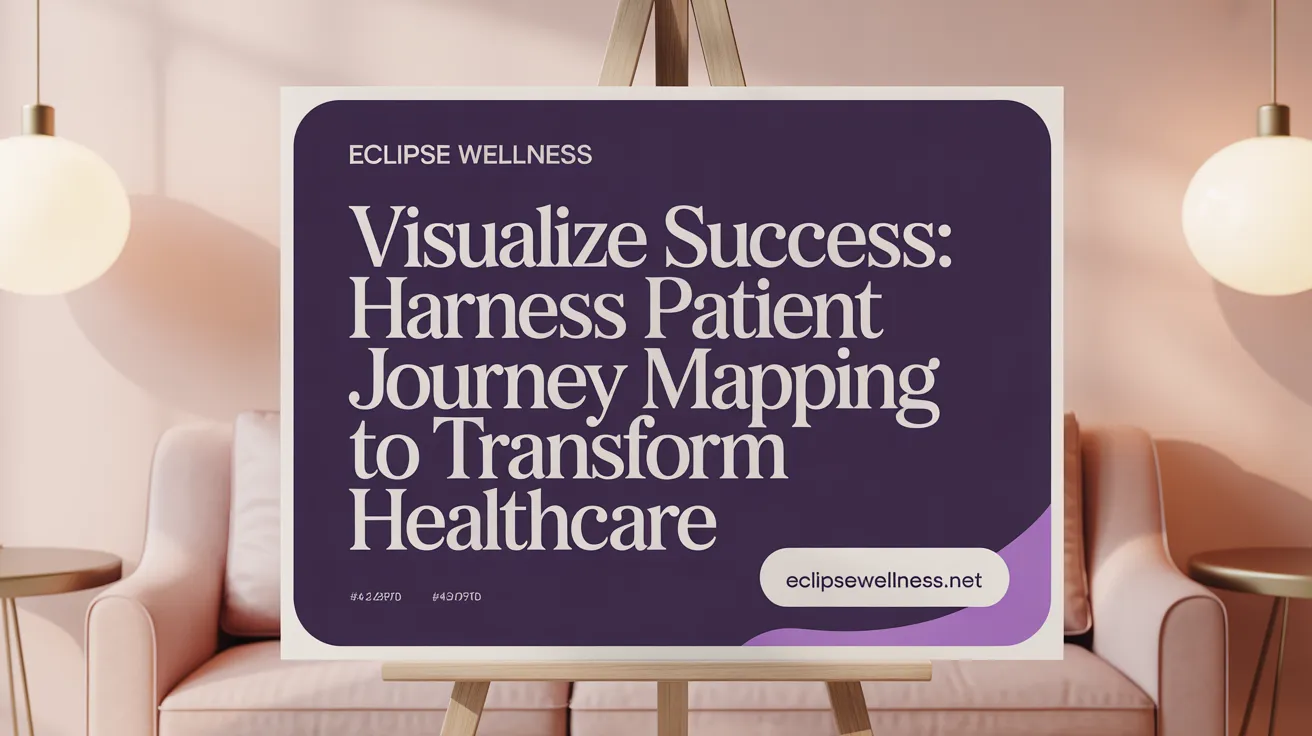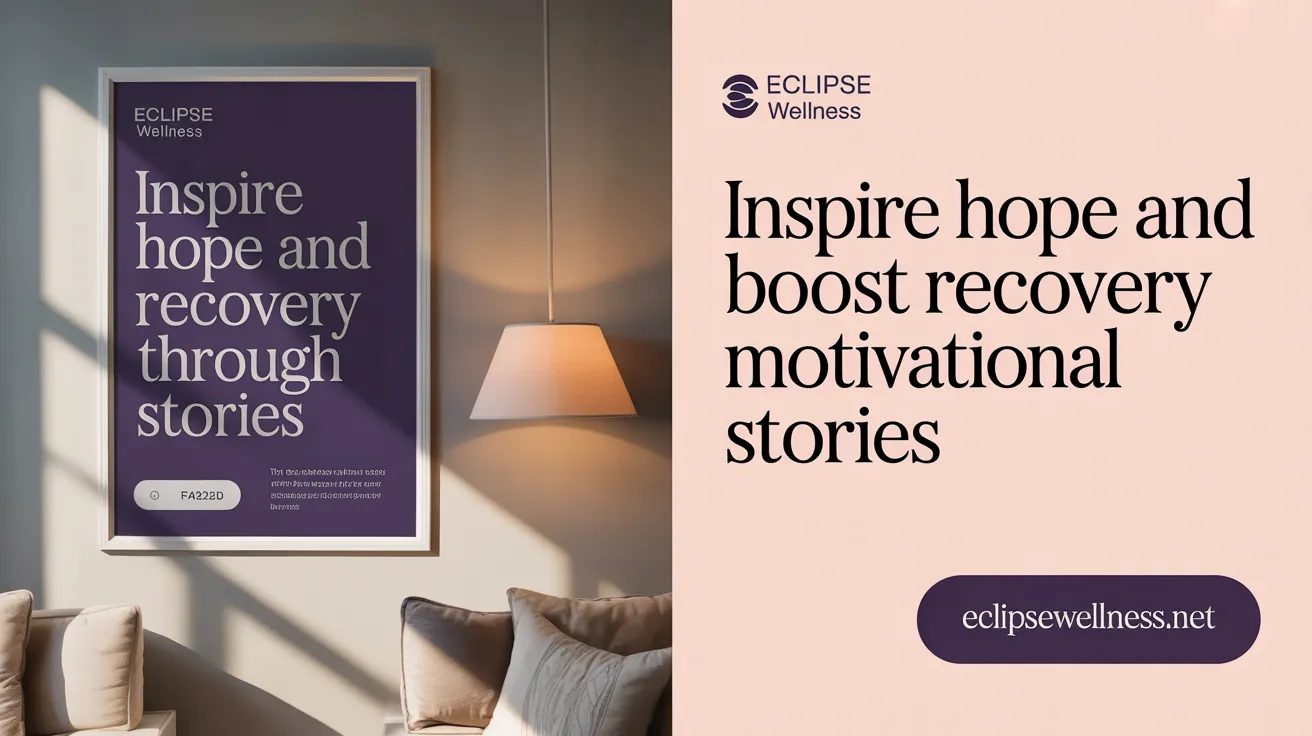The Transformative Power of Sharing Patient Journeys
Real patient stories capture the essence of human resilience and the transformative potential of healthcare. By exploring diverse narratives of recovery and wellness, we gain inspiration, insight, and a deeper appreciation for the complexities of healing. This article delves into authentic patient experiences, the role of healthcare systems, and innovative analytical methods that together enhance care delivery and empower others on their health journeys.
Why Sharing Patient Success Stories Inspires and Educates
Sharing real patient success stories holds significant value for both individuals and the healthcare community. These narratives serve as powerful tools to motivate others by illustrating tangible examples of resilience, recovery, and improvement. For instance, stories of patients overcoming conditions like stroke, cancer, or chronic illness inspire hope and demonstrate that positive outcomes are achievable, fostering a sense of possibility among patients facing their own health struggles.
Moreover, patient stories deepen understanding of the healthcare experience beyond clinical data. They reveal emotional journeys, social impacts, and interactions with healthcare providers, fostering mutual empathy and community engagement. This humanizes medical conditions, making them more relatable and encouraging supportive peer networks.
In addition, these stories can drive improvements in healthcare quality. They highlight successful practices, identify gaps in care, and provide insights for patient-centered approaches. By sharing detailed experiences, clinicians and administrators learn what truly matters to patients, leading to enhanced services and communication.
However, respecting patient privacy remains crucial. Having explicit consent, de-identifying personal data, and adhering to confidentiality standards like HIPAA are essential to protect individuals while sharing their inspiring journeys.
Overall, patient success stories are invaluable for motivating individuals, enriching understanding, promoting community, and guiding quality improvements within healthcare systems.
Patient Journey Mapping: A Vital Tool for Improving Healthcare Outcomes

What is patient journey mapping and how does it improve healthcare outcomes?
Patient journey mapping is a visual and descriptive approach that outlines a patient's experience across all phases of healthcare, from recognizing symptoms to long-term management. It captures every touchpoint, including consultations, treatments, tests, and follow-up care, while considering emotional and physical impacts. This comprehensive view involves input from patients, healthcare providers, and other stakeholders to identify critical interactions and potential obstacles. Learn more about Patient journey mapping.
By clearly illustrating the entire process, journey maps help healthcare teams detect gaps, delays, or confusing points that can negatively affect patient satisfaction and health results. For example, identifying long wait times during diagnosis phases or communication breakdowns during care transitions allows targeted improvements. Consequently, the streamlined, personalized pathways foster better communication, increased patient engagement, and more effective treatment plans. Detailed insights on Patient journey analytics further support these improvements.
Using journey maps to identify pain points and gaps
Mapping patient journeys uncovers specific issues that can hinder quality care. Common pain points include administrative delays, unclear instructions, or lack of coordination between different care providers. By pinpointing these areas, healthcare organizations can implement precise solutions, such as simplifying paperwork, enhancing digital communication tools, or improving staff training. Discover more on how to use patient journey mapping to design an outstanding patient experience.
Gaps may also involve missing services or inadequate support during critical transitions, like discharge planning. Filling these gaps leads to fewer readmissions, reduced errors, and heightened trust in the healthcare system. For a broader view of patient empowerment and safety through journey mapping, see Organizational support for patient involvement in safety.
Benefits to patient experience and satisfaction
Effective patient journey mapping fosters a more patient-centered environment. Patients experience smoother transitions, clearer communication, and an increased sense of being valued and understood. This positive experience not only boosts satisfaction but also encourages adherence to treatment plans and active participation in health management. Read firsthand Patient Testimonials to understand such benefits.
As a result, patients report feeling more in control of their healthcare, which correlates with better health outcomes and improved overall wellbeing. Explore more patient success stories that highlight enhanced mobility and pain relief.
Integration with healthcare systems and analytics
Journey maps are increasingly integrated with advanced data analytics and health information systems. This setup enables real-time tracking of patient interactions and predictions of future needs based on past behaviors. For example, predictive analytics can flag patients at risk of complications early, allowing preventive interventions. Learn about Data-Driven Approach to Support Patient Care through process mining.
Systems like electronic health records (EHRs) and specialized analytics platforms support ongoing updates to journey maps, ensuring they reflect current workflows and patient needs. This continuous feedback loop helps in adapting services and policies proactively. For examples of such analytics in healthcare, visit Patient journey analytics enhancing healthcare experiences.
Examples of journey mapping in practice
Healthcare providers worldwide are applying patient journey mapping to improve services. In emergency departments, process mining and mapping have reduced wait times and optimized flow. In cancer care, detailed patient paths have facilitated better coordination among specialists, improving treatment efficiency.
Other examples include chronic disease management programs that identify barriers to consistent medication adherence or lifestyle changes, and mental health services that map emotional and social influences affecting recovery. Witness inspiring Stories of Recovery and Mental health journeys that demonstrate the impact of this approach.
| Aspect | Description | Real-World Application |
|---|---|---|
| Purpose | Improve safety, satisfaction, and outcomes | Emergency department flow optimization |
| Data Use | Identify delays, predict needs | Risk stratification in chronic illnesses |
| Stakeholders | Patients, providers, administrators | Mental health service improvements |
| Benefits | Enhanced communication, personalized care | Cancer care coordination |
| Result | Continuous system improvement | Reduced readmissions and better patient engagement |
Patient journey mapping proves essential in transforming healthcare into a more responsive and effective system. By visualizing experiences, healthcare entities can make informed decisions that ultimately lead to healthier, more satisfied patients. For additional insights on patient journey mapping and its future in healthcare, see Patient Journey Mapping FAQ.
The Power of Personal Health Narratives and Testimonials
 Personal stories and testimonials are powerful tools in healthcare that do more than just share individual experiences; they shape perceptions, guide others, and elevate the quality of care. When patients recount their journeys through illness, recovery, or wellness programs, these narratives humanize complex medical conditions, making them more relatable and understandable for others facing similar issues (Patient Success Stories, NIH Clinical Center patient success stories).
Personal stories and testimonials are powerful tools in healthcare that do more than just share individual experiences; they shape perceptions, guide others, and elevate the quality of care. When patients recount their journeys through illness, recovery, or wellness programs, these narratives humanize complex medical conditions, making them more relatable and understandable for others facing similar issues (Patient Success Stories, NIH Clinical Center patient success stories).
How personal experiences with health and wellness treatments inform and guide others? These accounts provide practical advice and set realistic expectations. They highlight coping mechanisms, resilience, and emotional growth, which can comfort and motivate others (Inspirational medical patient stories, Mental health stories). Sharing stories also fosters community, reduces feelings of isolation, and promotes empathy. Structured storytelling, such as narrative medicine, enhances understanding and encourages positive health behaviors, creating a culture of shared learning and support (Stories of Recovery, Stories of Hope).
Testimonials play a crucial role in reflecting patient satisfaction and treatment effectiveness. They offer firsthand insights into the care process, revealing not only clinical outcomes but also emotional and psychological impacts (Patient Testimonials, Patient Testimonials). By systematically collecting and analyzing these accounts, healthcare providers can identify strengths and areas needing improvement, driving quality enhancements (Healthcare success stories). For example, reports from patients who regained mobility after therapy or managed chronic conditions successfully serve as evidence of effective treatments and compassionate care (Successful injury recoveries at ATI Physical Therapy, Patient journey mapping). In turn, these testimonials boost patient confidence, fostering trust and engagement (Patient empowerment through stories).
Healthcare providers’ perspectives are vital in understanding patient progress comprehensively. Clinicians assess clinical signs, evaluate responses to treatment, and recognize behavioral and emotional cues that patients may overlook or understate (Patient journey). Integrating provider insights with patient stories creates a fuller picture of recovery. This holistic view guides personalized care adjustments, supports mental and emotional well-being, and addresses systemic obstacles impacting progress (Patient Journey Mapping FAQ, Patient journey analytics).
Diverse examples illustrate this impact. From patients overcoming scoliosis, stroke, and cancer to those managing chronic illnesses like MS or HIV, personal stories highlight both resilience and the effectiveness of tailored medical interventions (UW Health Carbone Cancer Center patient stories, NIH Clinical Center patient success stories). Wellness programs emphasize lifestyle changes—such as weight loss, improved sleep, and stress reduction—demonstrating how individual commitment and supportive healthcare environments foster lasting health improvements (Wellness Success Stories, Success Stories at Roseville Health & Wellness).
In essence, personal health narratives and testimonials are not just stories; they are bridges between clinical expertise and emotional experience. They serve as motivational tools, quality indicators, and sources of insight that enhance patient satisfaction, strengthen trust, and promote continuous improvement in healthcare systems (Patient journey maps, Patient Success Stories).
Holistic and Integrative Approaches: Enhancing Recovery Through Comprehensive Care

What role do holistic and integrative health approaches play in patient recovery?
Holistic and integrative health strategies are increasingly recognized for their impact on patient recovery. These approaches focus on treating the whole person—covering physical, emotional, mental, and even spiritual dimensions—rather than solely targeting symptoms. By combining conventional medicine with therapies like mindfulness, yoga, acupuncture, nutritional counseling, and psychosocial support, they address underlying causes of chronic conditions and mental health challenges. Such methods promote balance within the body and mind, fostering a supportive environment for healing.
Patients benefit from personalized care plans that include lifestyle modifications, stress management techniques, and community engagement. This comprehensive approach boosts resilience, enhances emotional expression, and encourages self-awareness, which are fundamental for sustained recovery. Moreover, integrating these therapies has shown to improve mental health, reduce dependency on medication, and help manage chronic illnesses more effectively.
Several wellness programs demonstrate the tangible benefits of holistic care. For example, patients recovering from addiction or mental health conditions often report increased motivation and improved well-being when holistic modalities are incorporated alongside traditional treatments. Testimonials frequently highlight feeling more empowered, emotionally stable, and engaged in their healing process.
In sum, holistic and integrative practices serve as vital components of modern recovery models. They foster a supportive, patient-centered environment conducive to not only physical healing but also emotional stability and spiritual growth, ultimately leading to more effective and enduring health outcomes.
More about holistic benefits and case studies
Interested readers can explore further by searching for "Wellness Center Testimonials" and "Inspiring Recovery Stories" revealing numerous reports and success stories that underscore the valuable role of comprehensive care in transforming patient recovery.
Motivation and Engagement: Keys to Sustained Recovery and Wellness

How can motivational narratives centered on health transformations support patient rehabilitation?
Motivational narratives focused on health improvements play a vital role in supporting patient recovery by inspiring hope and fostering resilience. When patients hear stories of others overcoming challenges—such as regaining mobility after injury, surviving serious illnesses, or managing chronic conditions, they become more motivated to actively participate in their own care. These stories demonstrate that recovery is possible, boosting self-efficacy and confidence. Evidence shows that techniques like motivational interviewing, which utilize personalized success stories, can modestly improve functional outcomes and patient satisfaction. Tailoring motivational interventions to individual preferences ensures that patients remain engaged, helping them adhere to treatment plans and sustain progress over time.
Why is patient engagement important in the recovery process?
Patient engagement is essential because it involves individuals actively in their health journey, improving adherence and overall outcomes. Engaged patients communicate more openly with providers, utilize digital health tools, and participate in shared decision-making, all of which increase treatment effectiveness. Engagement also strengthens trust, reduces unnecessary hospital visits, and promotes preventive care. When patients feel involved, they are more likely to follow through with lifestyle changes and medication regimens, leading to fewer complications and faster recovery. Overall, engaging patients not only enhances their satisfaction but also contributes to more successful, long-lasting health improvements. This is supported by research highlighting the importance of active patient engagement and organizational support for safety and shared knowledge.
How can patient stories from diverse medical fields foster hope and motivation?
Stories from patients across various conditions—such as cancer survivors, stroke recoveries, or chronic illness management—serve as powerful sources of encouragement. They demonstrate that recovery and adaptation are achievable regardless of illness type, inspiring hope across different populations. Sharing these narratives humanizes complex medical experiences, creating emotional bonds and reinforcing that health challenges can be overcome. Additionally, these stories promote a culture of resilience within the healthcare system, motivating staff to provide compassionate, patient-centered care. By illustrating real-life transformations, diverse patient stories help others believe in their own potential for healing and motivate continuous improvement in health practices, as seen in inspirational medical patient stories highlighting perseverance and successful treatments.
Embracing the Journey: The Lasting Impact of Patient Success Narratives
Patient success stories and journey mapping not only illuminate paths to recovery but also inspire hope, foster resilience, and drive meaningful improvements in healthcare delivery. By integrating personal narratives, holistic care, and advanced analytics, healthcare systems become more responsive and patient-centered. These real journeys empower individuals to engage actively in their health and encourage providers to deliver compassionate, effective care. As the healthcare landscape evolves, valuing and learning from these stories will remain fundamental to advancing wellness and transforming lives.
